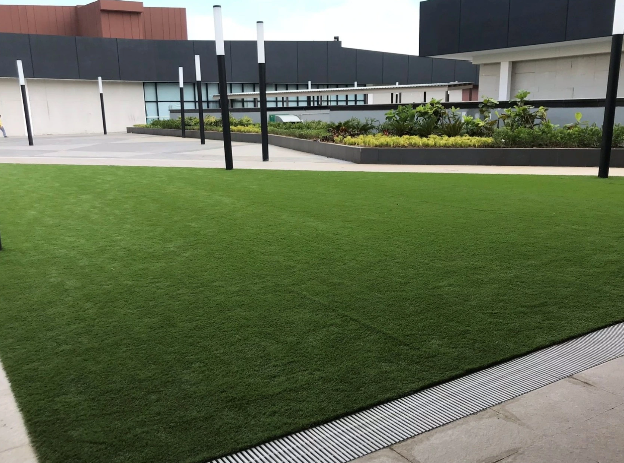Do you dream of a garden bursting with lush greenery and vibrant blooms? Achieving that picture-perfect garden begins with understanding one crucial element: soil fertility. The foundation of healthy plant growth lies in the nutrient-rich soil beneath our feet. In this blog post, we’ll delve into the fascinating world of soil fertility, exploring its components, essential nutrients, factors affecting fertility, and sustainable practices to maintain optimal soil health. Get ready to uncover the secrets to cultivating a thriving garden oasis!
The Basics of Soil Fertility:
Soil fertility refers to the soil’s ability to provide essential nutrients and support plant growth. It encompasses various factors, including nutrient levels, pH balance, and organic matter content. Before embarking on your gardening journey, it’s crucial to assess your soil’s fertility through comprehensive soil testing. Understanding your soil’s composition will guide you in making informed decisions about fertilization and soil management practices. Additionally, soil texture plays a vital role in fertility, with loamy soils typically offering the best balance of nutrients and drainage.
Essential Nutrients for Soil Fertility:
For plants to thrive, they require a balanced diet of essential nutrients. The primary macronutrients – nitrogen, phosphorus, and potassium – play key roles in various physiological processes, from leaf growth to flower production. Secondary macronutrients, such as calcium, magnesium, and sulfur, contribute to overall plant health and development. Micronutrients, though required in smaller quantities, are equally essential for plant growth and include iron, manganese, zinc, copper, boron, molybdenum, and chlorine.
Factors Affecting Soil Fertility:
Soil fertility is influenced by a myriad of factors, both environmental and human-induced. Environmental factors like climate, precipitation, and temperature impact soil fertility by influencing nutrient availability and microbial activity. Human practices, such as tillage, cover cropping, and mulching, can either enhance or deplete soil fertility over time. Soil erosion poses a significant threat to fertility levels, as it can strip away valuable topsoil rich in nutrients, leaving behind barren, nutrient-depleted land.
Organic vs. Synthetic Fertilizers:
When it comes to fertilizing your garden, you have two main options: organic and synthetic fertilizers. Organic fertilizers, derived from natural sources like compost, manure, and bone meal, offer numerous benefits, including improved soil structure and long-term nutrient release. However, they may take longer to show results and require larger quantities for adequate nutrient supplementation. On the other hand, synthetic fertilizers provide a quick nutrient boost but may have adverse environmental effects and contribute to soil degradation if overused.
Sustainable Soil Fertility Practices:
In today’s environmentally conscious world, sustainable soil fertility practices are gaining momentum. Crop rotation, a time-honored agricultural practice, helps replenish soil nutrients by alternating different plant species to prevent nutrient depletion. Composting offers a natural and nutrient-rich fertilizer option, utilizing kitchen scraps and yard waste to create a soil amendment rich in organic matter. Cover cropping involves planting specific crops to improve soil health, suppress weeds, and prevent erosion, ultimately enhancing soil fertility in the long run.
Soil Fertility Maintenance:
Maintaining optimal soil fertility requires ongoing attention and care. Regular soil testing is essential to monitor nutrient levels and pH balance, enabling you to make timely adjustments through targeted fertilization. Adjusting pH levels is crucial for optimizing nutrient availability to plants, as soil pH influences nutrient solubility and uptake. Interpreting soil test results empowers you to make informed decisions about fertilization rates and nutrient management practices, ensuring your garden thrives year after year.
Takeaway
As we conclude our exploration of soil fertility, it’s evident that understanding and nurturing this vital aspect of gardening is key to achieving lush greenery and vibrant blooms. By implementing sustainable soil fertility practices, you can create a garden oasis teeming with life and beauty. Whether you’re a seasoned gardener or a novice enthusiast, incorporating these principles into your gardening routine will yield bountiful rewards for years to come. Let’s embark on this journey together and cultivate thriving gardens that nourish the soul and the soil alike!
Discover why BSG Landscape & Construction Pte Ltd is the preferred choice for landscape maintenance. Experience the difference today.











